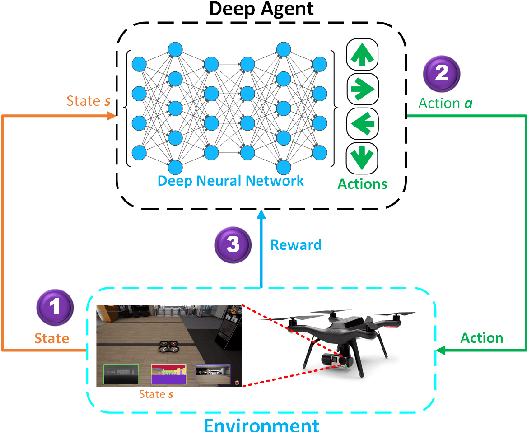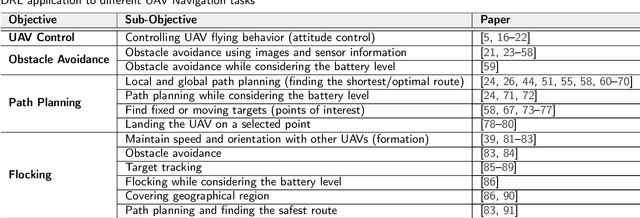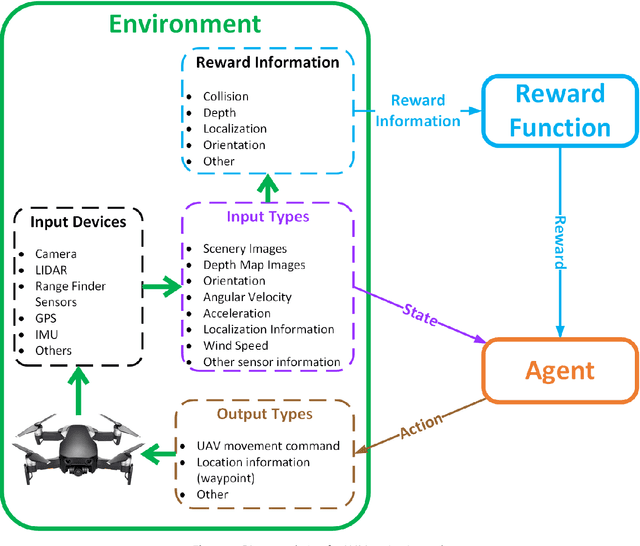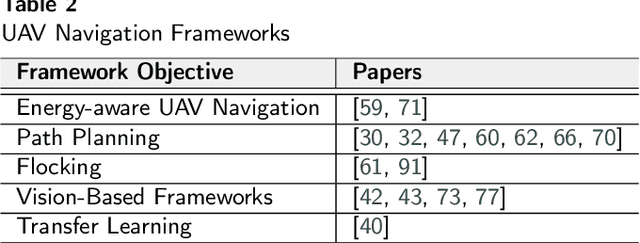Autonomous Unmanned Aerial Vehicle Navigation using Reinforcement Learning: A Systematic Review
Paper and Code
Aug 25, 2022



There is an increasing demand for using Unmanned Aerial Vehicle (UAV), known as drones, in different applications such as packages delivery, traffic monitoring, search and rescue operations, and military combat engagements. In all of these applications, the UAV is used to navigate the environment autonomously - without human interaction, perform specific tasks and avoid obstacles. Autonomous UAV navigation is commonly accomplished using Reinforcement Learning (RL), where agents act as experts in a domain to navigate the environment while avoiding obstacles. Understanding the navigation environment and algorithmic limitations plays an essential role in choosing the appropriate RL algorithm to solve the navigation problem effectively. Consequently, this study first identifies the main UAV navigation tasks and discusses navigation frameworks and simulation software. Next, RL algorithms are classified and discussed based on the environment, algorithm characteristics, abilities, and applications in different UAV navigation problems, which will help the practitioners and researchers select the appropriate RL algorithms for their UAV navigation use cases. Moreover, identified gaps and opportunities will drive UAV navigation research.
 Add to Chrome
Add to Chrome Add to Firefox
Add to Firefox Add to Edge
Add to Edge